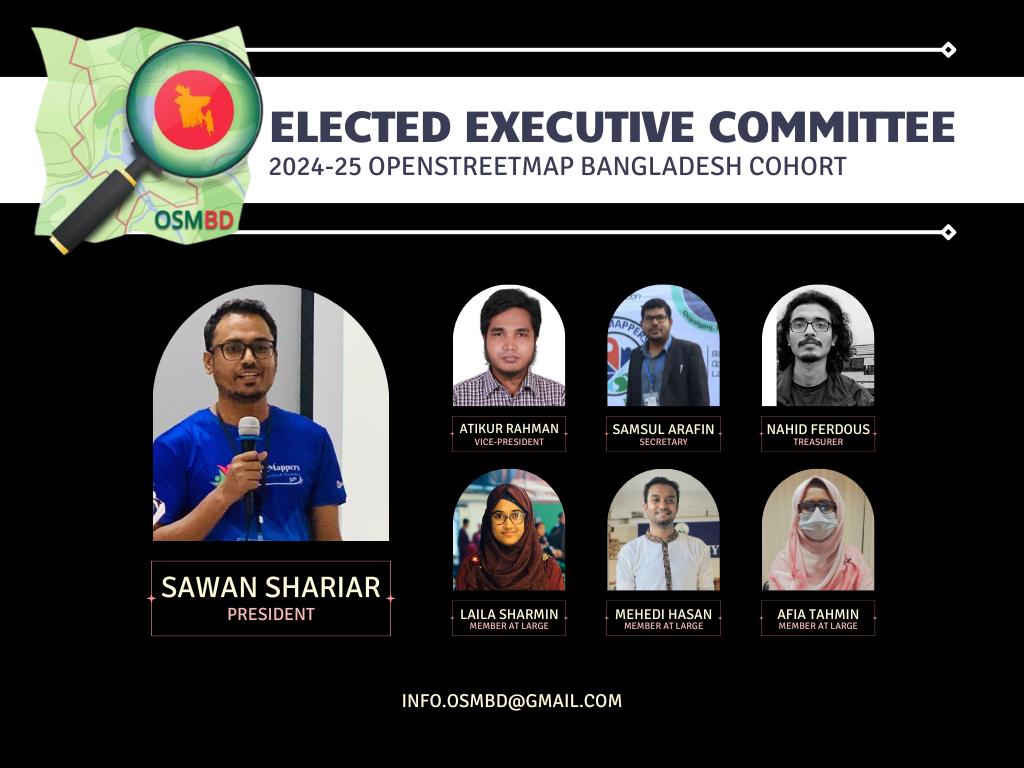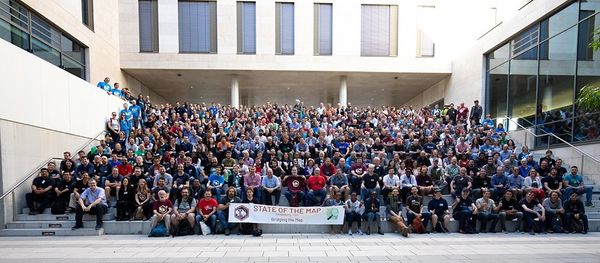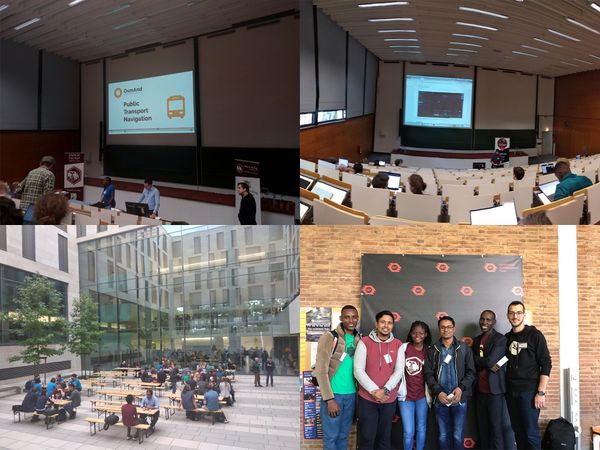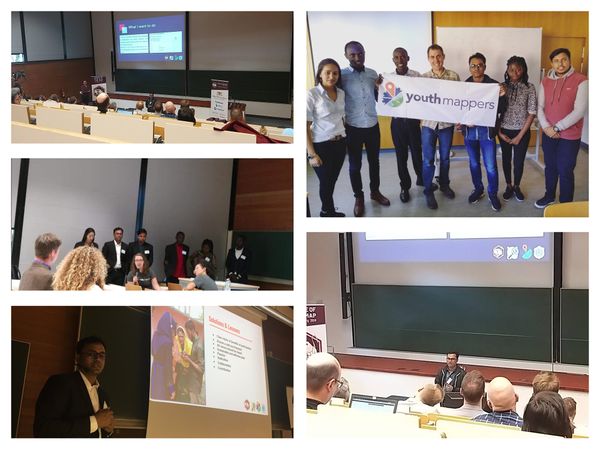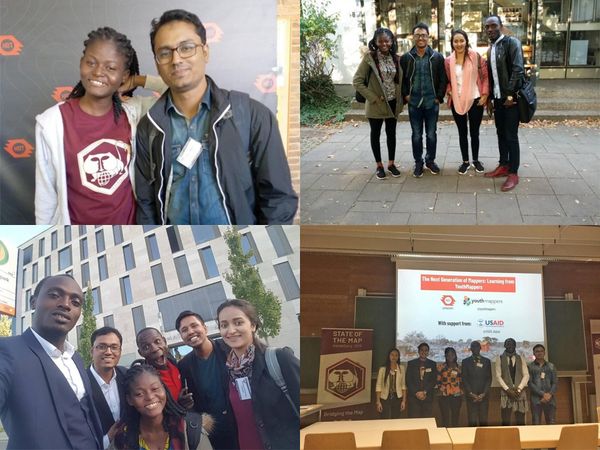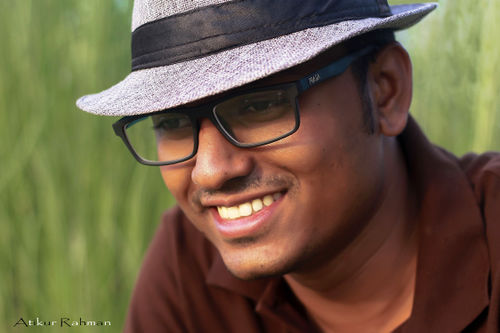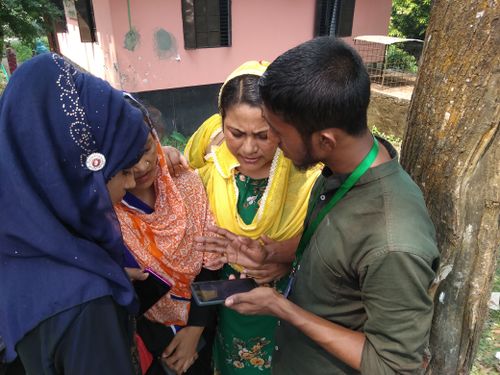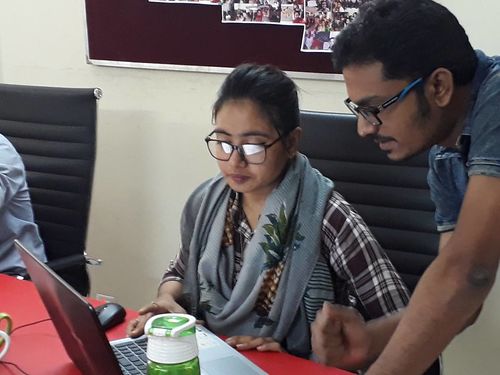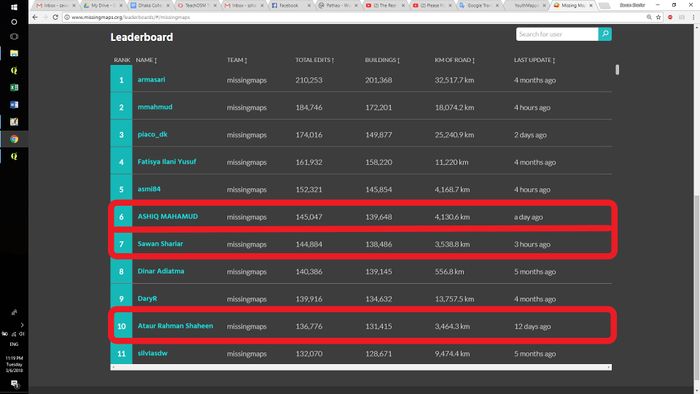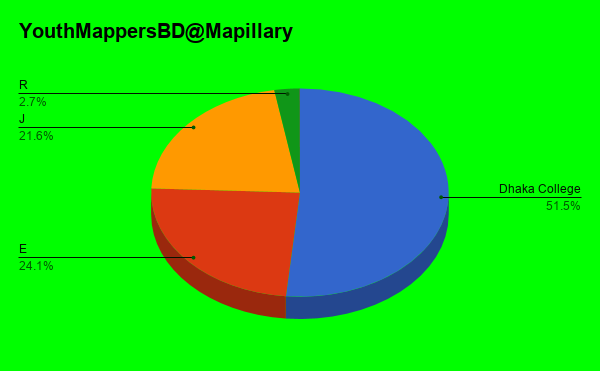State of the Map (SotM) is an annual meeting of mappers from around the world with discussions and workshops all around the free and open map of the world. The conference is hosted by the OpenStreetMap Foundation, an international not-for-profit organization that is dedicated to encouraging the growth, development and distribution of free geospatial data and providing geospatial data for anyone to use and share.
The 2019 State of the Map event happened on September 21-23, 2019. This year SotM 2019 was held in partnership with the Institute of Geography of Heidelberg University in Germany. The event was themed Bridging the Map and invited people coming from different regions who in one way or another used OpenStreetMap in their works or fields share their knowledge, expertise and experience at the Neuenheimer Feld campus.
As YouthMappers selected as the Global Challenge winners coming from different chapters in different countries; Michael Kaluba of the Goodmappers from Uganda, Confidence Kpodo of the UCCYouthMappers from Ghana, Sawan Shariar from Dhaka College YouthMappers in Bangladesh, Aman KC from Geomatics Engineering Students Association of Nepal, Erneste Ntakobangize from Rwanda YouthMappers, and Diana Carolina Ortega Espinosa of the GeoLAB UdeA from Colombia, this was an opportunity for us to understand the extent to which our activities as YouthMappers could go in addressing issues or sectors we may not have thought of before.
Our session, The Next Generation of Mappers: Learning from YouthMappers involved us giving lightning talks about the successful achievements in engaging youth on the platform and our unique challenges along with the proper solutions. In this session, we shared our chapters’ activities, dedication and contribution to engage youth as well as it’s challenges and some solutions put in place to address the challenges. The session was covered by each YouthMapper speaking on how their chapter engaged the youth through mapping with OSM and why there is a need to engage Youth.
Michael Kaluba from Uganda highlighted “How mapping on OpenStreetMap has provided opportunities to engage youths in ongoing community service projects and service learning (academia)engagements because youth have a unique perspective”
Sawan from Bangladesh also spoke in detail about the importance of engaging youth in mapping. He said “Youth are proactive and their prompt involvement towards a humanitarian cause is fast and well coordinated. They can introduce new knowledge, faster results, eliminate barriers and self sustainability of the community”
Confidence from Ghana described the advantages of engaging the Youth/YouthMappers stating “As a voluntary group, they come at a cheaper cost and provide you with the opportunity to work with local persons”
Carolina from Colombia spoke on the activities of YouthMappers using OSM by highlighting some of the mapping her chapter had carried out such as “Mapping the coastal wetlands of the Urabá Gulf for planners and the local fishing community to respond to flooding hazards in the area”
Aman from Nepal spoke about how institutions can engage the Youth by “Inspiring the youths working on projects, where they are contributing for the betterment of society”
Erneste from Rwanda spoke about the core attributes of a youth that makes them the best candidates to be engaged namely,”To do what the Youth can do, you need to fulfill the following criteria: Passion, Commitment, Humanity, Self motivation and solution-orientedness”
Traveling to Germany was a first time experience for all of us as we had never been to Europe. The entire experience of having to navigate our way through the Frankfurt Hauptbhanof to the Heidelberg Hauptbhanof without any prior knowledge of German was a memorable and learning experience.
With this situation, it required us having to rely on maps and gestures to get to our destinations.
Representing our YouthMappers chapters gave us the opportunity to share our chapters’ activities at the SotM global platform. Meeting other YouthMappers from different chapters all over the world was an opportunity to work together as a community, learn new things and create networks and friendships that are etched in the YouthMappers network. We also had the privilege to meet and network with YouthMappers partner organizations and students.
Learning should be about using knowledge gained in solving problems and making the community sustainable and happier. Being present at the Conference gave us the memorable experience of being able to share our work as YouthMappers and how OSM is used in our activities through our talks and interactions during and after the conferences through the social events organized. These events were grounds for us to network and learn in the vast world of OSM.
State of the Map enabled us to gain new knowledge and this new knowledge to be implemented in our local chapters and communities. We are already sharing my experience and knowledge with our existing community and newcomers face to face to motivate and inspire them more in doing this humanitarian activities and volunteering.
Through the conference we got the chance of meeting people from the OSM community from all around the world which was quite an insightful opportunity as we got to learn how OSM is being used in different contexts and continents.
For most of us, this was the biggest platform we had ever received and it definitely fell in line with our goals to do something different than we were used to. To be able to speak on such an international platform was a first for most of us and the feeling after was such a fulfilling one. We all returned home with different knowledge acquired but one thing is synonymous with us all, we’ve realized that the issues we face are not unsolvable and with strong community links in OSM we can make it.
We are proud to say that SotM 2019 has been an eye opening experience to see that through OSM the global map is being bridged and that as YouthMappers, we can contribute to it. We extend our heartfelt appreciation to Dr. Patricia Solis, Chad Blevins, Marcela Zeballos, Jessica Bergmann and the many people who guided us before, during and after the conference. You made it a memorable learning experience for us all. Danke!
Confidence Kdopo is part of the UCC YouthMappers chapter at the University of Cape Coast in Cape Coast, Ghana.
Michael Kaluba is part of the GoodMappers chapter at Busitema University in Tororo, Uganda.
S M Sawan Shariar is part of the YouthMappers chapter at Dhaka College in Dhaka, Bangladesh.
The blog is published on the YouthMappers blog site.
Please visit to read the blog https://www.youthmappers.org/single-post/2019/10/15/Bridging-the-Map-A-tale-of-Diversity
